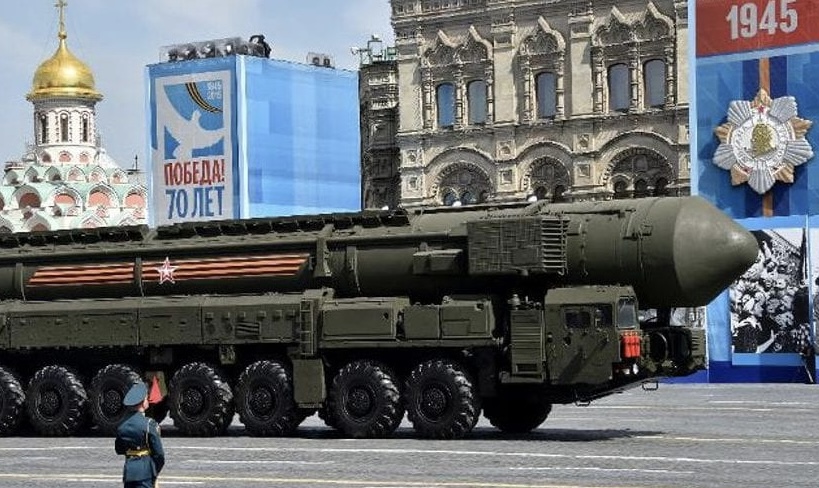Russia has launched its largest missile and drone attack on Ukrainian infrastructure in more than three weeks, indicating an enormous rise in hostilities and a determined attempt to destroy the country’s energy infrastructure. A wide range of weapons were used in the attack, most of which were intercepted by air defenses, however some of them were able to strike vital targets.
A planned operation witnessed the firing of 47 explosive-laden Shahed drones and 53 missiles, including four ballistic Iskander missiles from Crimea, late into the night. The commander of the Air Force, Mykola Oleshchuk, revealed on Telegram that the air defenses of Ukraine were actively defending against almost all drones and a significant portion of missiles. 18 missiles managed to avoid interception in spite of these attempts, raising doubts about the extent of the resultant damage.
Oleshchuk characterized the action as an unrelenting attempt by “Russian terrorists” to destroy Ukraine’s oil and fuel industries, which are vital to the country’s survival and ability to withstand the prolonged struggle. President Volodymyr Zelenskiy used the social media site X to demand international reinforcement of defense capabilities against this aggressive scenario. In an effort to strengthen Ukraine’s military posture, he underlined the pressing necessity for more “Patriot” missile systems and the quick supply of F-16 fighter fighters. At the Shangri-La Dialogue, the largest defense gathering in the area, in Singapore, the president of Ukraine is scheduled to speak about these issues and more.
The deliberate selection of targets for this nighttime attack involved Russian missiles aimed at energy facilities dispersed throughout multiple crucial regions of Ukraine. These included regions currently under Ukrainian administration in Zaporizhzhia, Ivano-Frankivsk, Dnipropetrovsk, Kyrovohrad, and portions of the Donetsk region, according to a Facebook post by Energy Minister German Galushchenko.
According to Ukrhydroenergo, the state-run electric production business on Telegram, two hydroelectric power stations were among those that were hit, severely impairing their operational capacity. The fact that these facilities’ precise locations were kept a secret added uncertainty to an already stressful situation. The situation was made worse when DTEK, the largest power producer in Ukraine, confirmed that the attack had seriously damaged equipment at two of its thermal electric power plants. This was the sixth incident of this kind to target the company’s facilities in the last two and a half months, as the company noted in their Telegram communication.
The Russian Defense Ministry justified the operation as a retaliatory measure against Ukraine’s alleged attempts to target Russian energy and transportation infrastructure. This statement highlights the ongoing tit-for-tat nature of the conflict, wherein infrastructure warfare has become an ongoing pattern, seriously affecting civilian life and the economic stability of the involved regions.



